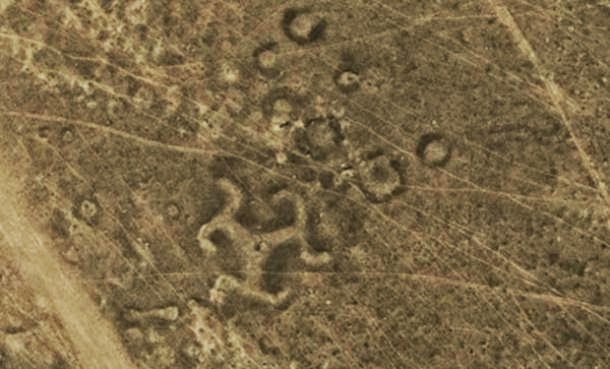| Online: | |
| Visits: | |
| Stories: |
Over 50 ancient geoglyphs, including swastika, discovered in Kazakhstan
by April Holloway
Ancient Origins
Archaeologists are calling them the Nazca lines of Kazakhstan – more than 50 giant geoglyphs formed with earthen mounds and timber found stretched across the landscape in northern Kazakhstan. They are designed in a variety of geometric shapes, including crosses, squares, rings, and even a swastika, an ancient symbol that has been in use for at least 12,000 years.
According to Live Science, the geoglyphs, which are very difficult to see on the ground, were first spotted on Google Earth. Since then, a team of archaeologists from Kostanay University in Kazakhstan and Vilnius University in Lithuania, have investigated the giant structures using aerial photography and ground-penetrating radar.
Their results revealed a wide variety of shapes ranging from 90 to 400 metres in diameter, mostly made of earthen mounds, but one – the swastika – was made using timber. Researchers have not yet dated the structures but their characteristics suggest they are around 2,000 years old.
Read more »
Source:





